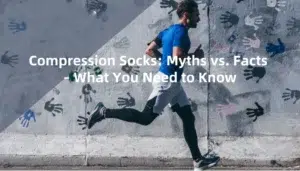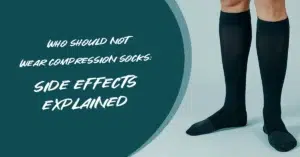I had a great workout session but am now stiff and unable to move. We get it. Though it might slow you down, muscle soreness shouldn’t keep you inactive for long. No matter what your experience is, knowing how to recover from muscle soreness quickly will help you on your fitness journey.
If you’re someone stuck with muscle soreness with no idea how to overcome it, stay with us. In this post, we’ll tell you exactly how you can get through the soreness and enjoy your workout. Read on to find out!
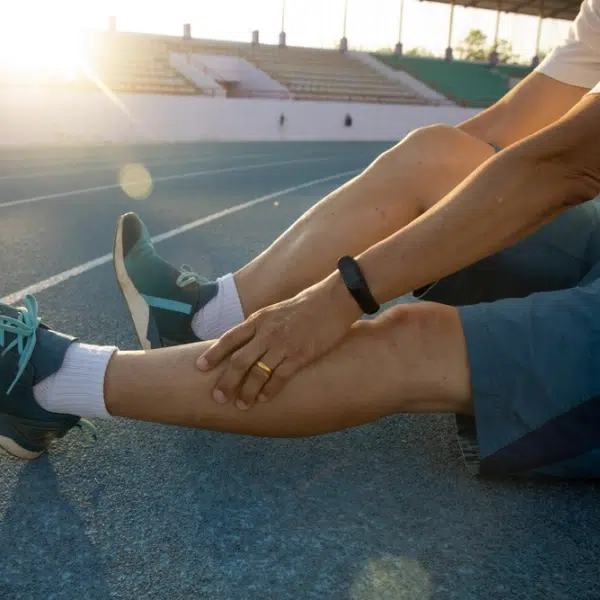
Source:https://ivleaguehydrate.com/how-to-beat-muscle-soreness-with-normatec-compression-recovery/
What Causes Muscle Soreness?
Before we get into it, let’s figure out how muscle soreness even occurs in the first place. Muscle pain occurs after tough physical activity, especially in cases where your body is not used to it. Often referred to as delayed onset muscle soreness (DOMS), it results from micro-tears in the muscle fibers causing inflammation and pain. Usually starting 24 to 48 hours after activity, this soreness might linger several days.
Muscle soreness is very common, especially in strength training, jogging, yoga, and cycling. But, you don’t have to worry. The bright side is that there are various strategies you can apply to speed up your healing process and reduce pain.
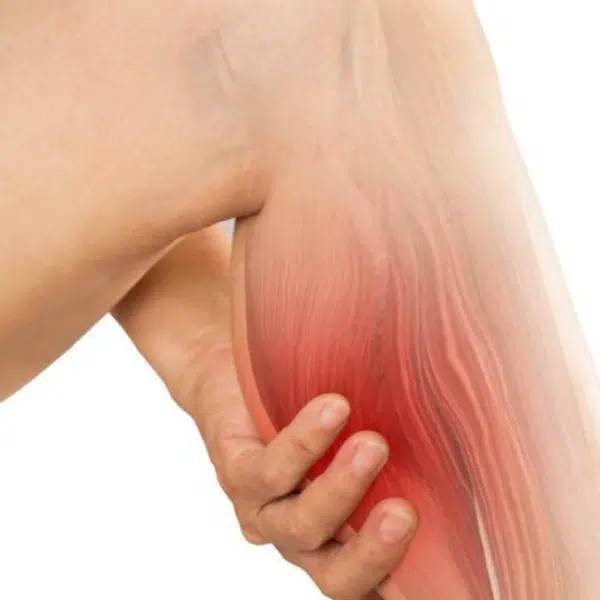
Source:https://www.steadfastnutrition.in/blogs/news/doms-delayed-onset-of-muscle-soreness
Top 8 Tips on Muscle Soreness Recovery
Now that we know why it happens, let’s look at ways you can overcome it. Following are the top techniques you can use to heal your muscles.
1. Hydrate Well
We have all heard how water is crucial for health. Similarly, hydration takes the forefront in muscle healing as well. Water moves important nutrients for tissue healing and helps clear toxins from your muscles. Try to drink as much water as you can before, during, and after your activities. Remember, dehydration can worsen muscular cramping and soreness.
2. Use Compression Stockings
Next on our list are compression stockings. These are among the best solutions available for recovering muscular soreness. Compression stockings help lower inflammation and muscular swelling by supporting blood flow and circulation. Moreover, these stockings apply gentle pressure to your legs and help speed up recovery. They also decrease muscle fatigue and can avoid any more damage.
Compression stockings are especially useful for runners and other high-intensity sportsmen. As they aid in lowering lactic acid build-up and pain following an exercise.
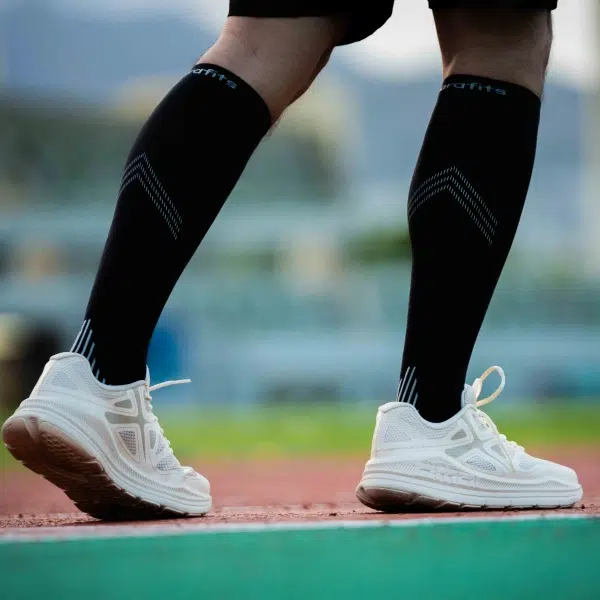
Source:https://www.amazon.com/dp/B0D97CVW1D
3. Get Enough Sleep
Your body uses sleep as its natural healing time. When you’re asleep, your body releases growth hormones that help in tissue healing—including aching muscles. Try to get 7 to 9 hours of sleep every night; this is the window when most muscle healing occurs. If you have muscular soreness, think about sleeping during the day to give your body more time to heal.
4. Use Active Recovery Strategies
Rest is important, but it is not the same as idleness. Active recovery—that is, light physical activity—can help reduce muscular pain. You can engage in activities like walking, mild cycling, or yoga. These exercises boost blood flow without taxing your muscles. This can help lessen stiffness. Moreover, including stretching in your recovery program can also help reduce muscular tension and increase flexibility. Hence, lessening the agony of the next sessions.
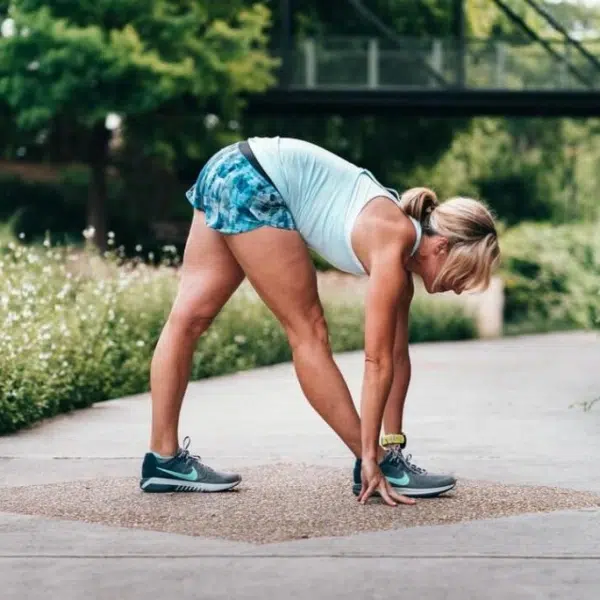
Source:https://stretch22.com/6-benefits-of-active-stretching/
5. Ice and Heat Therapy
Reducing muscular pain can be quite successful by alternating cold and heat treatment. However, it is important to know when to use heat or ice. In the first 24 to 48 hours following exercise, ice packs can help reduce inflammation and numb pain in painful sites. Following the first phase, heat therapy—such as heating pads or warm baths—can boost blood flow. And, heat therapy will also help relax tight muscles.
After tough exercises, some athletes also take ice baths, aka cold water immersion. Ice baths are known to help with DOMS and reduce inflammation.
6. Focus on Nutrition
Just like a car needs fuel to work, your body needs food. Rebuilding muscle tissue requires protein. So, make sure you’re getting enough meals high in this nutrient, including lean meats, eggs, and plant-based sources such as beans and lentils.
Meals heavy in antioxidants, like berries and leafy greens, help lower inflammation. And, carbohydrates are also crucial for restoring energy supplies. To help muscles recover even more, include supplements in your diet. Some of the best sources include magnesium, branched-chain amino acids (BCAAs), or omega-3 fatty acids.

Source:https://www.eatingwell.com/theprep-antioxidant-rich-dinners-in-30-minutes-or-less-8613294
7. Massage Therapy
Lastly, good massages can be miraculous for muscle soreness. Massage treatment can greatly help in recovery by increasing blood flow. Moreover, it also relaxes muscular tension and reduces stiffness. We’d suggest a professional massage. However, you can also use a foam roller or a massage gun to get relief at home.
8. Consider Anti-Inflammatory Drugs
For mild muscle aches, over-the-counter anti-inflammatory medications such as aspirin and ibuprofen can be beneficial. These drugs decrease inflammation, ease pain, and hasten healing.
However, you should avoid depending too much on them. NSAIDs should be used carefully as long-term usage of them can produce negative effects like stomach inflammation. Always follow the advised dose, and if needed, see a healthcare expert.

Source:https://www.nih.gov/news-events/nih-research-matters/new-activity-anti-inflammatory-drugs
How Do Compression Stockings Help Recover from Muscle Soreness?
As has already been established, compression stockings are revolutionary for the rehabilitation of muscular soreness. Are you wondering how? Compression clothing uses slow pressure on your legs to help pump blood back toward your heart. This circulation helps eliminate metabolic waste materials causing muscular soreness or pain.
Here is how using compression stockings can benefit you:
- Compression lowers the possibility of fluid accumulation in your muscles caused by intense workouts.
- Increasing circulation helps more oxygen-rich blood to reach your muscles, therefore facilitating speedier recovery.
- Compression clothing aids muscle health, lowering muscular vibration and fatigue during and following exercises.
- Compression stockings can support your muscles, helping prevent minor injuries.
In summary, you should wear compression stockings during your exercise and for a few hours later for best results. Many renowned athletes rely on compression stockings to support their healing process. They usually wear it while sleeping and keep it on overnight.

Source:https://www.amazon.com/dp/B0D97B9YPP
Wrapping It All Up
Muscle discomfort does not have to stop your fitness progress. In a nutshell, proper hydration, a balanced diet, and active recovery play a great role in how fast your muscles heal. Moreover, using appropriate recovery techniques will help you cut your recovery time and return to your exercise program.
These techniques will enable you to keep on target with your exercise goals regardless of your level of experience or ability. Following these guidelines can help you maximize your exercise programs. They can also minimize future injuries so you can quickly heal from muscular discomfort.
All set to speed up your muscular recovery? Check out Compression Fits today and check out our selection of premium compression stockings that will complement your exercise goals.
Frequently Asked Questions
1. How long does muscle soreness last?
Known as DOMS, muscle discomfort from heavy activity can last anywhere from 24 to 72 hours. However, your degree of fitness, workout intensity, and recovery method can affect the duration.
2. How to get rid of muscle pain fast?
To boost circulation, apply ice within the first 48 hours. Then, use heat to boost circulation. Also, compression stockings help reduce swelling and speed up healing. Stay hydrated. Try foam rolling or massage therapy. If necessary, consider using anti-inflammatory drugs.
3. What is the best recovery for sore muscles?
The best thing you can do is rest, as it will relieve tension. You can also use gentle exercises like stretching or walking. Moreover, compression stockings can help increase blood flow and expedite recovery. Lastly, focus on good nutrition and make sure you get 7–9 hours of decent sleep.
4. Can I work out with muscular soreness?
Yes! Even if you’re sore, you can participate in low-intensity exercise for active recovery. Activities like walking, swimming, or stretching can alleviate muscular pain without taxing your muscles by increasing blood flow.

Source:https://www.mytpmg.com/post-workout-muscle-soreness-normal-or-cause-for-alarm/
5. Should I use heat treatment right after an exercise?
No. To lower inflammation, it is recommended to use cold treatment within the first 24 to 48 hours after a workout. After this time frame, you can use heat treatment to relax muscles and boost blood flow.
6. Which foods can help with muscle pain?
For muscle healing, eat meals high in proteins, such as chicken and fish. To support healing, include omega-3s from salmon and walnuts. You can also take antioxidants from berries and leafy greens, and potassium from bananas and avocados. Plus, dark chocolate and almonds are great sources of magnesium.
7. How can I avoid future muscular soreness?
Reducing muscular discomfort calls for regular training and a good warm-up. Moreover, increase your workout intensity slowly for better results. While maintaining good hydration and nutrition is vital for muscular health, compression stockings can also help decrease post-exercise discomfort.
8. Can poor sleep aggravate muscular soreness?
Yes! How fast your muscles will heal depends on sleep. If you don’t rest properly, your body won’t get the chance to heal muscle tissue, which might increase pain.
